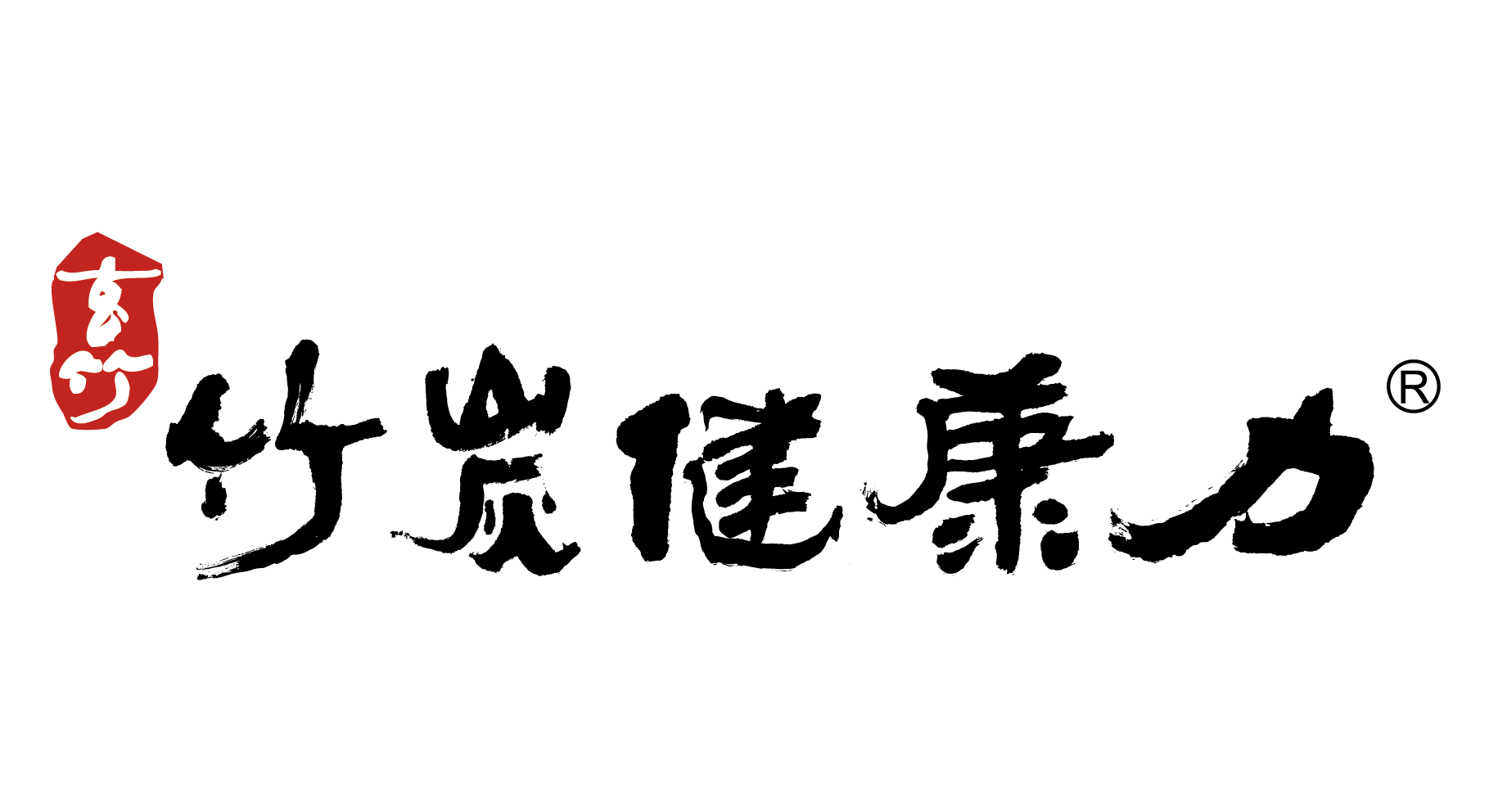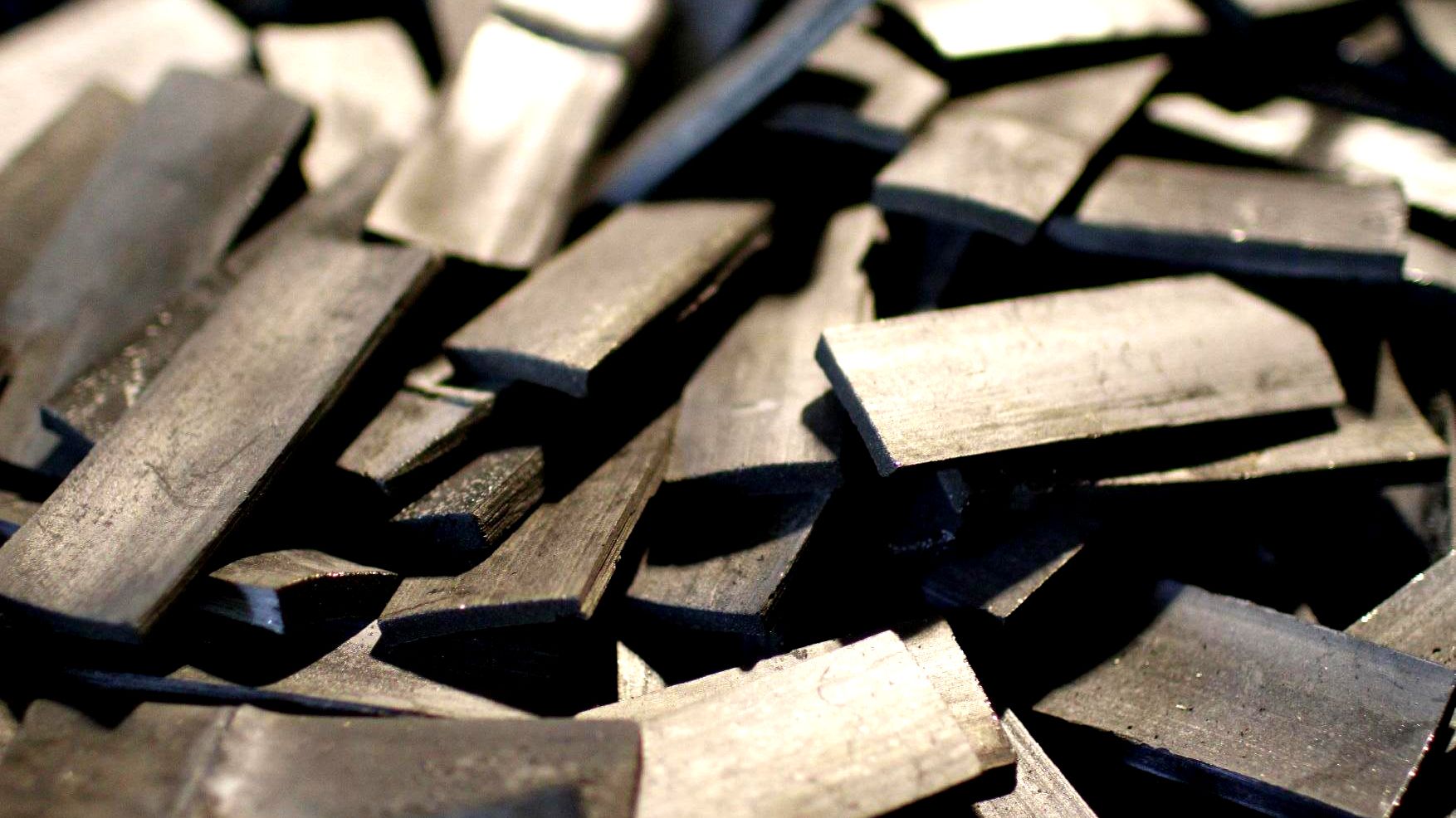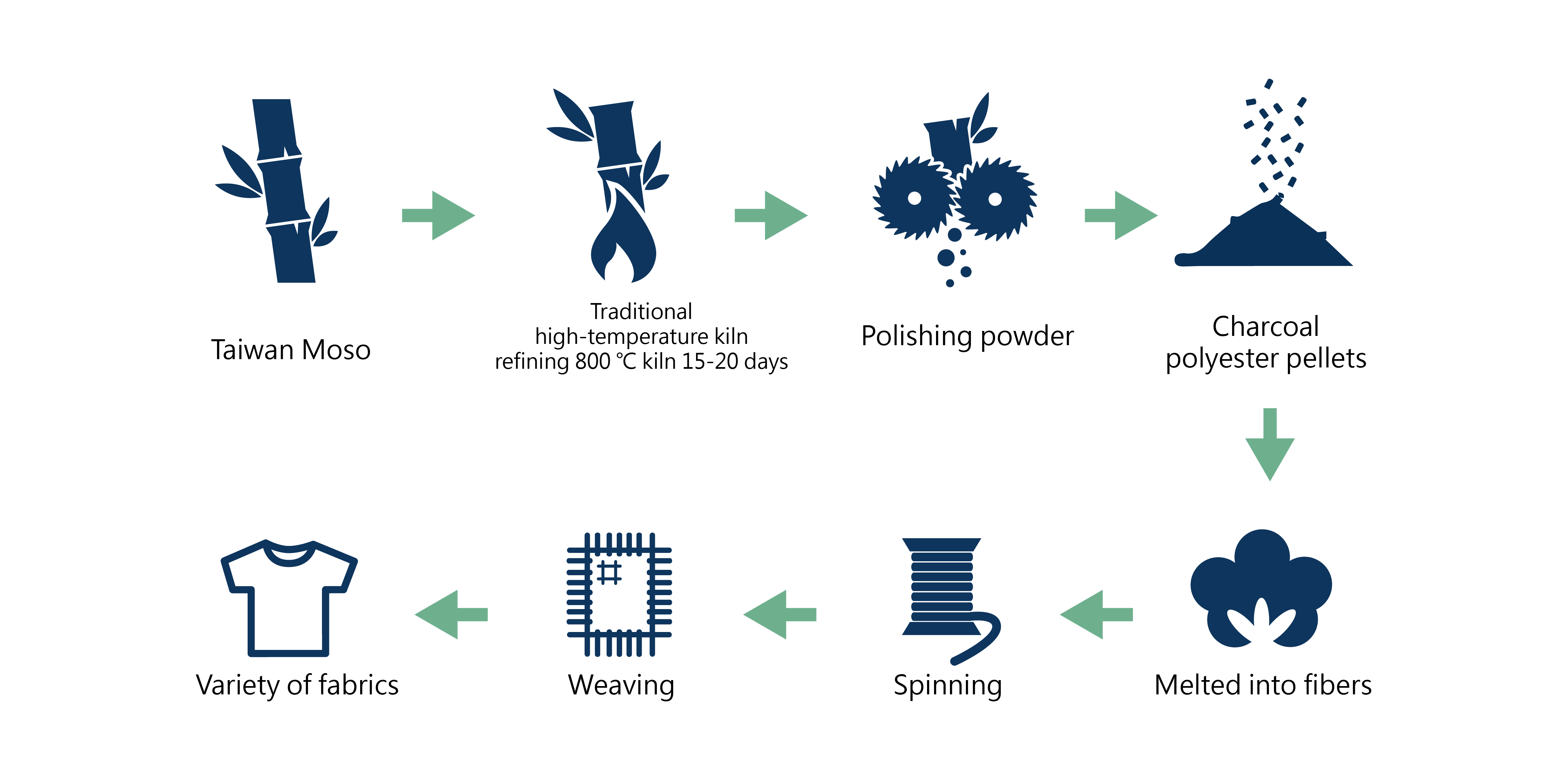BAMBOO CHARCOAL FIBER


What Is Bamboo Charcoal?
Bamboo charcoal is made up of pieces of bamboo, which are taken from plants five years or older and burned inside an oven at temperatures over 800 to 1200 °C.
The bamboo charcoal is created by heating bamboo at temperatures of 800~1200 degrees and then the charcoal itself is processed and mixed in with fabrics as part of the growing field of nanotechnology.
It is referred to as “the Black Diamond” in Japan and Southeast Asia.
Details
Bamboo Charcoal is a trendy and natural magic treasure that widely been used in Japan, Korea and Taiwan. Bamboo Charcoal can purify water, absorb moisture, foul smell, electromagnetic wave and release far infrared ray to accelerate blood circulation. The product is made by specially selected species of bamboo which grow 1.2 meter a day. It contains countless tiny holes about 2.5 times more than wood charcoal so the absorption is therefore 10 times powerful.
Due to these reasons, bamboo charcoal is more environmental friendly and economical. It benefits environmental protection by reducing pollutant residue. It is an environmentally functional material that has excellent absorption properties. Bamboo charcoal is made of bamboo by means of a pyrolysis process. According to the types of raw material, bamboo charcoal can be classified as raw bamboo charcoal and bamboo briquette charcoal. Raw bamboo charcoal is made of bamboo plant parts such as culms, branches, and roots. Bamboo briquette charcoal is made of bamboo residue, for example, bamboo dust, saw powder etc., by compressing the residue into sticks of a certain shape and carbonizing the sticks.
Bamboo charcoal is known to have high porosity. Various impurities or foreign matter will be absorbed over the wide surface area of the charcoal.When air passes over, if the humidity is high, the charcoal will absorb the moisture and the air will be converted to dry air. If the air is too dry, then the charcoal will discharge its own moisture, thus adjusting the humidity in the air.

Procedure

Features
- Superior Absorption & Deodorizing Ability
- Far Infrared Radiation properties
- Superior Washing and Durability
- Thermal Regulation
- Thermal Regulation
- Antimicrobial Functions



